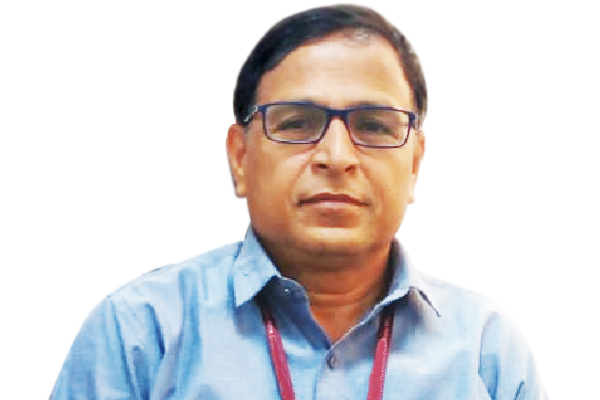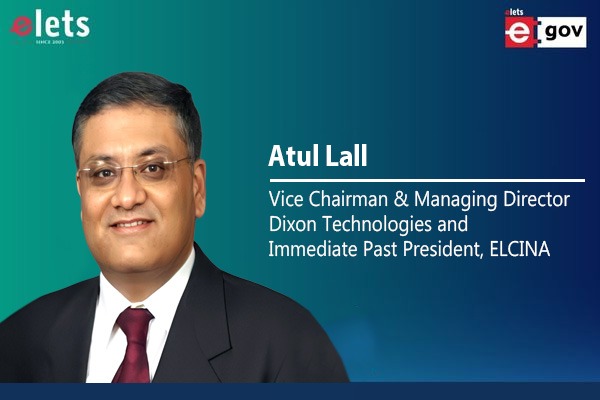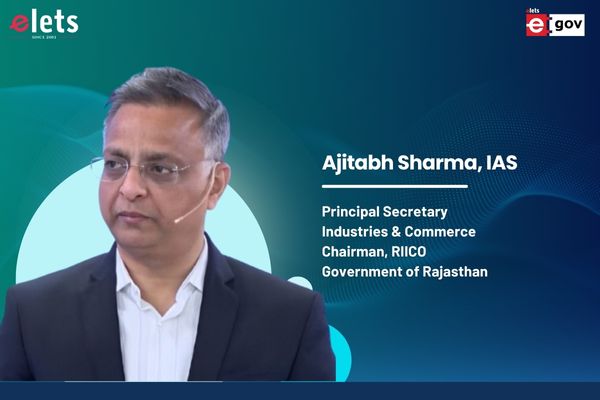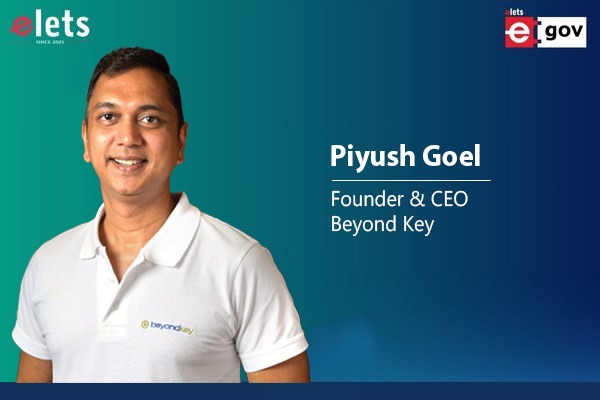
At the time of the commencement of the Swachh Bharat Mission, more than 66-lakh households were lacking toilets. Now in the current scenario, we have built or are building more than 57 lakh toilets, says V K Jindal, Joint Secretary, Swachh Bharat Mission, Government of India, in conversation with Gautam Debroy of Elets News Network (ENN).
What is the current status of Swachh Bharat Mission ?

With a target of cleaning India by 2019, when we will be celebrating the 150th birth anniversary of the Father of the Nation Mahatma Gandhi, Swachh Bharat Mission is currently one of the favourite projects of Prime Minister Narendra Modi. The Mission itself is divided into two parts. One is the rural part, which is looked after the Ministry of Drinking Water and Sanitation, and the other is urban part, which is taken care of by us. We want to create Open Defecation Free zones and Garbage Free Zones under the urban part. At the time of the commencement of the Mission, more than 66 lakh households were lacking toilets and only 20 per cent of the total waste generated was processed.

In 2014, 95 lakh tonne capacity treatment plants were present in the country. The compost plants at that time were having a capacity of 53 lakh tonne per annum. Now in the current scenario, we have built or are building more than 57 lakh toilets. We have completed 86 per cent of our target. If Bihar and Odisha complete their target of building nine lakh toilets this year, we are pretty sure that by 2nd October, 2018, we will be able to achieve the vision of Prime Minister Narendra Modi. In the slums of the urban areas, we have decided to build community toilets since there is a shortage of space and the rest of the areas will be covered by the public toilets. Till now we have constructed 45 lakh public toilets. We are expecting to complete our targets by 2018, one year ahead of the scheduled 2019.

The capacity of treatment plants have been increased to 1.75 crore tonne per annum . We have also started 40 lakh tonne capacity compost plants in the urban areas and plants, with a total capacity of 10 lakh tonne, are under construction. We have completed 88 megawatt plants of waste to energy and plants of 400 megawatt are under construction. For proper treatment of garbage, we have divided the entire process in three parts. The focus is to collect maximum garbage from the households. Then the focus shifts on the segregation part and third part is that how much waste is processed.

About 75 per cent of the households are covered under the door-to-door collection. Segregation of the waste stands at 38 per cent and 30 per cent of the waste is processed. We aim to increase this figure to 100 per cent.
Which States are performing better under the Swachh Bharat Mission?
Under the new ranking released recently, Jharkhand has been given the Cleanest State Award. Maharashtra and Chhattisgarh bagged the second and third positions respectively. The States which were lagging behind are also trying to cover up.
What were the factors which helped Ghaziabad leapfrog to such a high ranking in the Swachh Sarvekshan?
With a new Government in the State of Uttar Pradesh, Ghaziabad is marching ahead in cleanliness drive.As a result, Ghaziabad, which was earlier on 351st rank suddenly jumped to 36th rank. It also bagged the fastest mover category award. It moved faster than any other developed NCR regions of Faridabad, Gurugram and Delhi.
How are North Eastern States doing in the Swachhta Mission?
In other States, the Government of India gives a subsidy of Rs 4,000 to construct a toilet. But in North Eastern areas, the amount is Rs 10,800.So, we are emphasising especially on these areas. Sikkim is one State which is moving very fast in all the areas of Swachh Bharat Mission whether it is plastic management, waste management or door-to-door collection.
How are you ensuring citizen participation in the Mission?
This is a people’s movement. Success can only be ensured if common citizens are made a party to the Mission. For this, we have started a lot of programmes. One such programme is Swachhta Selfie. Swachh Survekshan is also a citizen’s programme. 35 per cent of the total numbers granted in the survey are given on the basis of citizens feedback. We received more than one crore complaints through Swachhata app.
More than 40 lakh people have provided feedback through this app. More than 60-70 lakh app downloads were recorded in a short period of time. We organised campaigns to make people aware about the sanitation drive. We also roped in film stars, opinion makers and sportspersons to create awareness.
We also started a Swachhta drive in the schools so that students could be connected to the Mission directly. There were rallies taken out by women, RWAs were involved in it. We have been successful only due to the efforts of people. Starting From August, we are going to organise 1,000 such awareness programmes. We are soon going to launch a portal where a lot of engaging programmes will be undertaken.
What are the challenges in the Mission?
The biggest challenge is to engage more and more people. There are still people who litter the streets. People have to take care of their areas’ sanitation themselves. They have to be educated on the cleanliness. They have to be trained to segregate waste. It is a very big problem for us. There is a problem of proper infrastructure. Sometimes, we don’t even have land to create proper treatment plants. We cannot take action. Our job is to facilitate the whole process. We have started the concept of Garbage Free City where we give stars. The stars are given on the basis of 13 parameters like road sanitation, segregation of waste, door-to-door collection, plastic waste system, etc.
Be a part of Elets Collaborative Initiatives. Join Us for Upcoming Events and explore business opportunities. Like us on Facebook , connect with us on LinkedIn and follow us on Twitter, Instagram.
"Exciting news! Elets technomedia is now on WhatsApp Channels Subscribe today by clicking the link and stay updated with the latest insights!" Click here!













